I was making some research on GaN and I do not understand why GaN is so reveolutionnary. When I take a look on the following specification RdsOn and Coss (Cds + Cgd), the GaN semiconductor has lower performance than the Si IGBT on RdsOn. About the Coss/Coes the test condition are not the same and it is a bit harder to compare
Here is the GaN specification (LMG342xR030)
Here is the IGBT specification (SK75GD066T)
So why the GaN is so revolutionnary?
https://www.semikron.com/products/product-classes/igbt-modules/detail/sk-75-gd-066-t-24912420.html
Thank you very much and have a nice day!
-----------------------E D I T ------------------------------------
According to the comments, I changed the GaN datasheet and the IGBT datasheet for helping the comparaison between the both.
I decided to compare the IGBT IKD06N60RATMA1 and the GaN LMG3410R070.
Here are the respective datasheets:
https://www.mouser.fr/datasheet/2/196/Infineon-IKD06N60R-DS-v02_05-EN-1226890.pdf
Firstly as Hearth told me, the equivalent modele of the IGBT is not the same than the GaN HEMT. I decided to consider the output characteristics for comparing the power dissipated through the semiconductor.
Here is the one of the IGBT:
So at 18 A it has a voltage drop of 2.4 V @ Vge = 20 V (best case), it means a power dissipation of 43.2 W.
Here is the output characteristics:
It is fairly linear and it seems to correspond with the RdsOn given into the datasheet:
So for 18 A through 70 mOhm, the voltage drop is 1.26 V. So the dissipated power is 22.68 W, which give a ratio of 1.9 between the both devices.
What about switching losses?
Firstly how it is characterized?
For the IGBT:
For the GaN :
It will be hard to compare the both as we do not have the all parameters of the circuit. Nevertheless I hope that it will give us a tendency:
Here are the characteristics:
For the IGBT:
Psw = (Eoff + Eon)/Fsw
For Fsw = 20 kHz (maximum frequency for this king of IGBT) -> it gives 28.6 W.
For the GaN:
For Fsw = 20 kHz -> it gives 1.7 W ... For having the same switching losses i could multiply the frequency to approximately 17, ie 340 kHz.
What is strange is that Coss is not 17 times lower than the Coes (even if it not the only parameter about switching losses). The capacitance of the GaN is higher than an IGBT:
Here is for the IGBT:
Here is for the GaN:
How do you explain it?
Thank you

![![enter image description here]!](../../images/3824684171.webp)